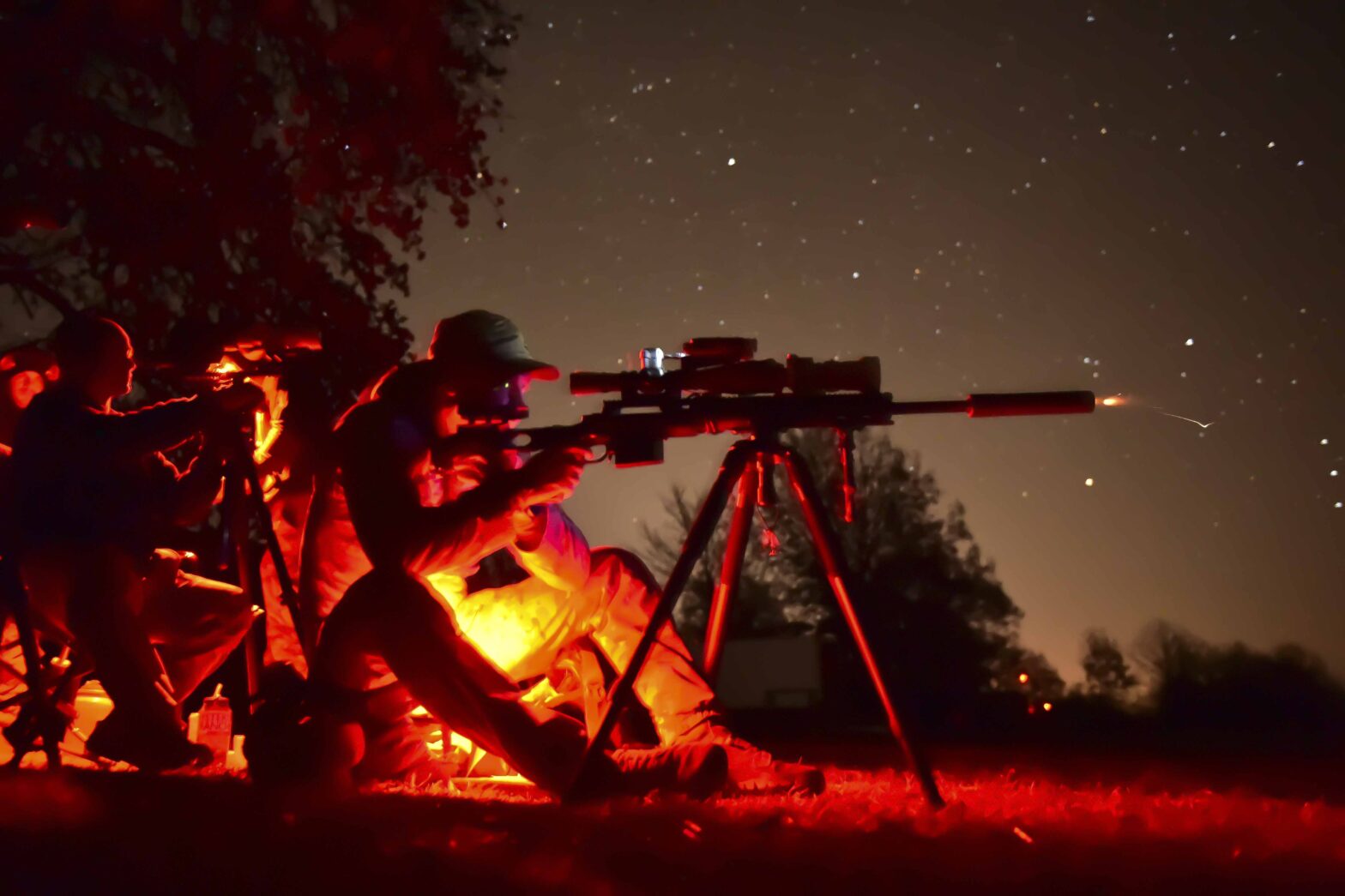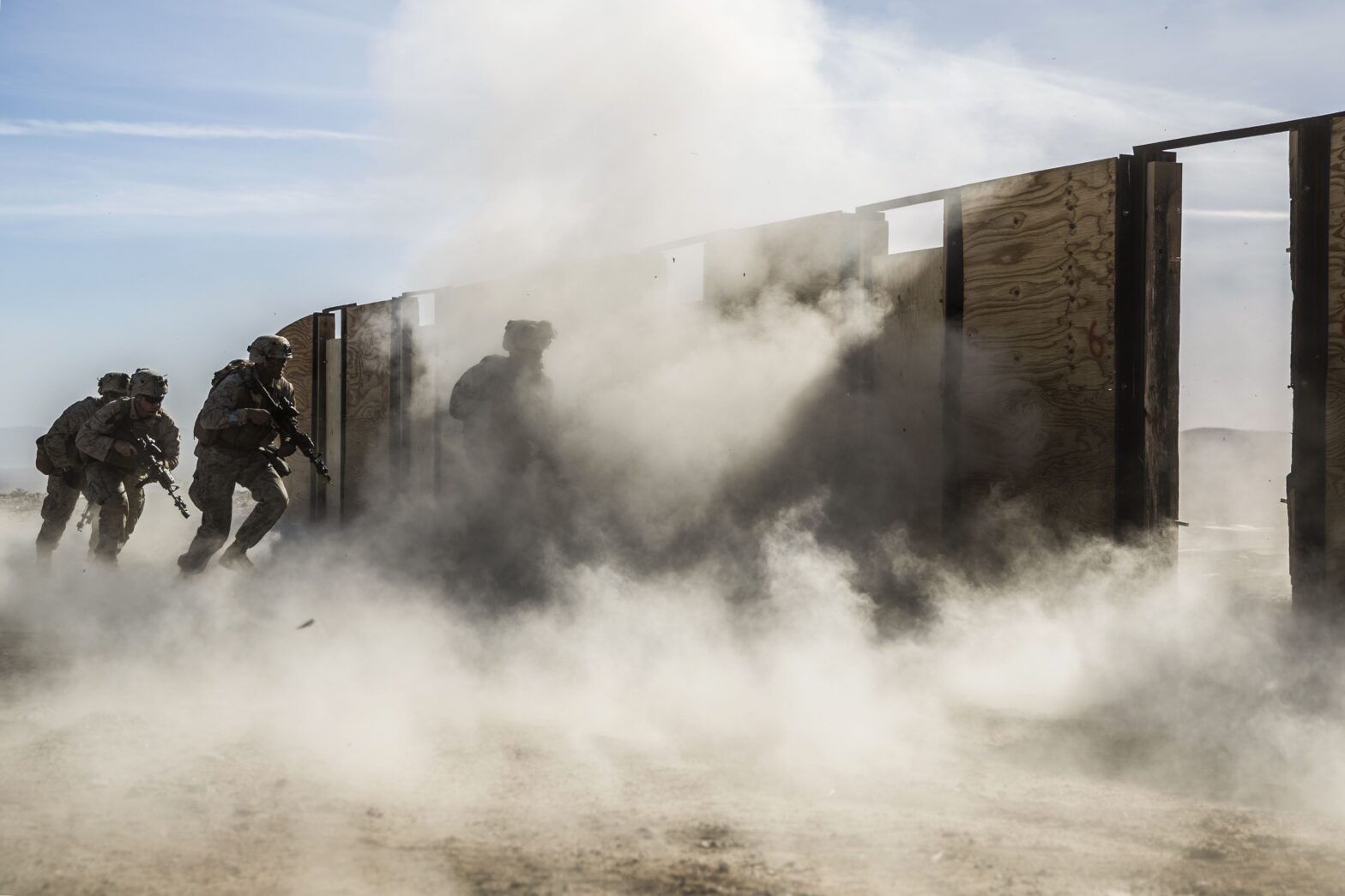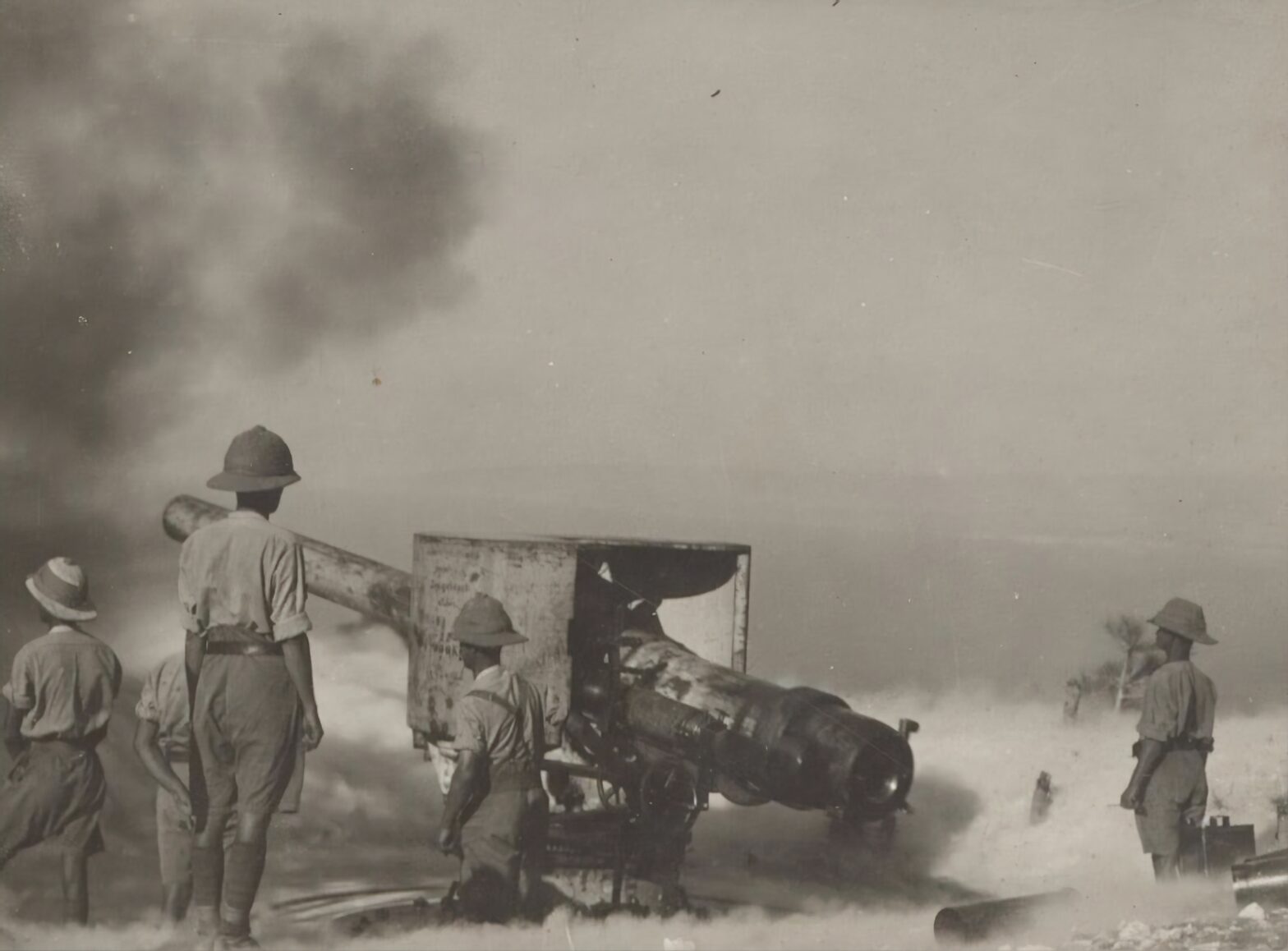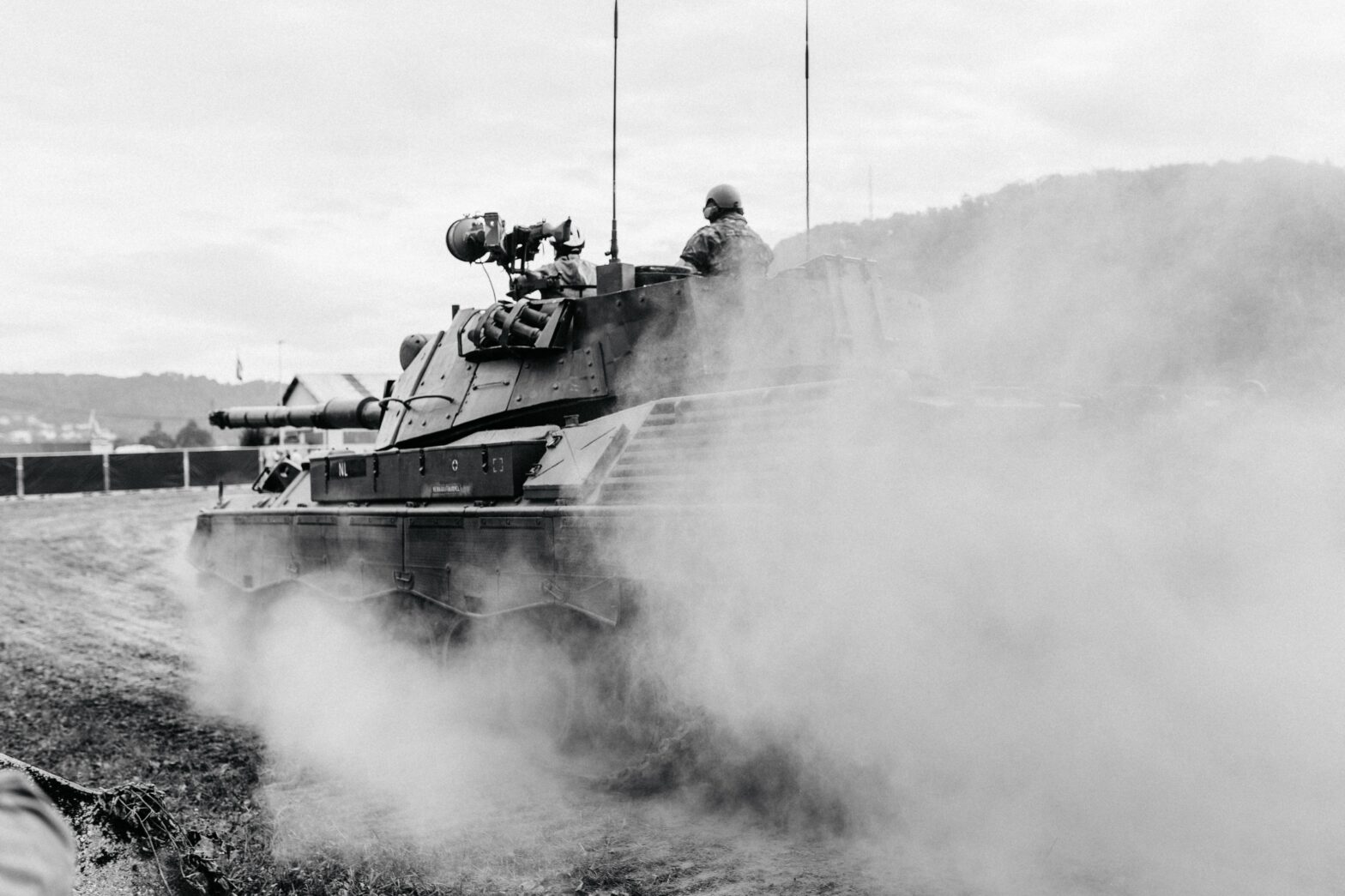Primary blast injury is that due to the overpressure of the blast. Primary blast overpressure can travel through the abdomen, ears, eyes, nose, neck and mouth. The brain, lungs, intestines, eardrum, and peripheral vestibular system are particularly vulnerable to primary blast overpressure. Study by Sandlin et. al 2018 isolated blast overpressure waves to the… Continue reading Blasts and the Ear Canal
Tag: Blast
5x Faster
The earliest visual responses occur at a substantially longer latency (about 80msec) compared to vestibular responses (about 14msec). [1] This isn’t to diminish the importance of the visual system, but rather emphasize the importance of optimizing your vestibular system to enhance your performance. If you are visually dependent on your movement control and situational awareness,… Continue reading 5x Faster
How I Train Target Following
Target following utilizes your smooth pursuit eye movements. To successfully target follow, information from your visual system must be processed by your brain. Special operators who are exposed to repeated low level blasts showed decreased accuracy and speed with target following and divided focus. [1] This shows the susceptibility of this important situational awareness capability… Continue reading How I Train Target Following
New Research: A Distinct Metabolite Signature in Military Personnel Exposed to Repetitive Low-Level Blasts
This is a recent study published by Miller et al., 2022. Here is a summary of the study, findings, and conclusions. Reference: Miller, M. R., DiBattista, A., Patel, M. A., Daley, M., Tenn, C., Nakashima, A., … & Fraser, D. D. (2022). A Distinct Metabolite Signature in Military Personnel Exposed to Repetitive Low-Level Blasts. Frontiers in… Continue reading New Research: A Distinct Metabolite Signature in Military Personnel Exposed to Repetitive Low-Level Blasts
What are Low Level Blasts?
Low level blasts (LLB) are created by weapons whose blasts create an overpressure wave, but a single exposure is not enough to create any obvious brain damage or cause symptoms. Examples of LLB are firing a 0.50 caliber sniper rifle, Howitzers, Carl Gustaf rifles, rocket-propelled grenades, light anti-tank weapons, shotgun door-breaching rounds, mortars, M4 Carbine… Continue reading What are Low Level Blasts?
An Intangible Slowing Down
A 37-year-old male active-duty special operator was referred to me a few years ago who described an intangible feeling of slowing down, particularly in more visually stimulating environments. He was preparing for his retirement, and finally had time to start addressing some issues he ignored or “rubbed dirt on” throughout his career. There was no… Continue reading An Intangible Slowing Down
Blast Exposures and Young Onset Parkinson’s Disease
Subconcussive head trauma are sufficient in increasing vulnerability to developing young onset Parkinson’s Disease. [1] This includes subconcussive blast exposures. [2] There is currently no cure for Parkinson’s Disease. Current medical strategy is to decrease the impact it has on quality of life. As a Physical Therapist I’ve been part of healthcare teams doing that… Continue reading Blast Exposures and Young Onset Parkinson’s Disease
Know Your Neurotrauma: Blast Exposures
As a tactical athlete you are frequently exposed to low level blasts. It is important to know that cumulative exposure to these subconcussive blasts can slowly chip away at your performance and brain health. An important study out of Walter Reed Medical Center has looked at the impact of blast exposures on active duty military… Continue reading Know Your Neurotrauma: Blast Exposures
Barotrauma
Barotrauma is injury due to blast exposure. It is a unique subconcussive exposure that tactical athletes are exposed to. There are a lot of different ways that tactical athletes are exposed to barotrauma, – IED – Grenades – Breaching explosives – Weapon fire The most cumulative exposure of subconcussive events is weapon fire due to… Continue reading Barotrauma








